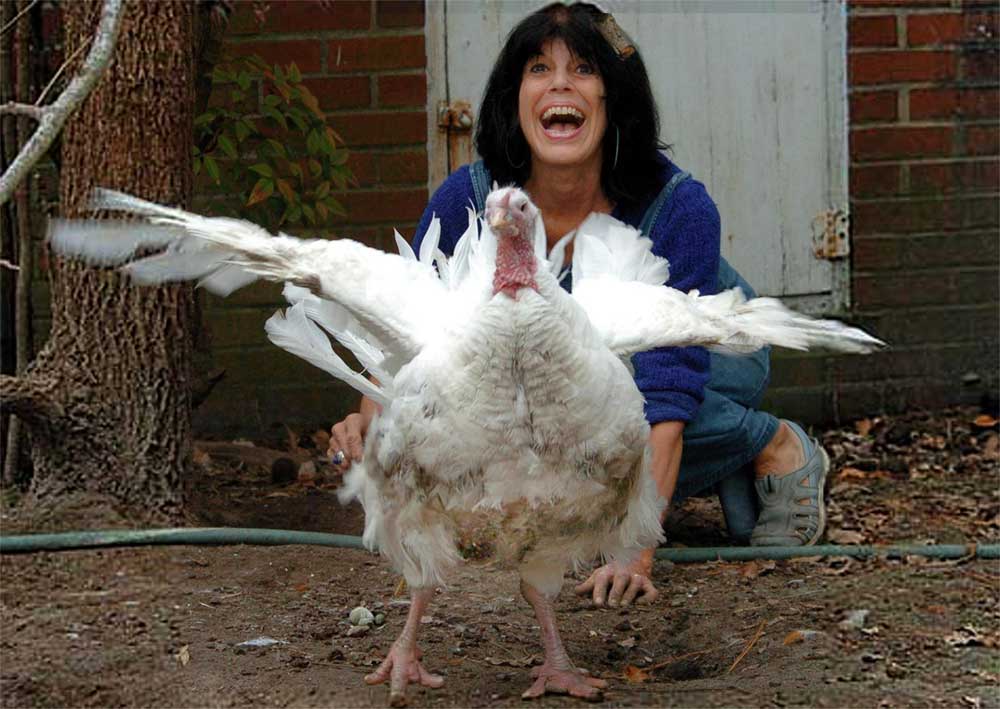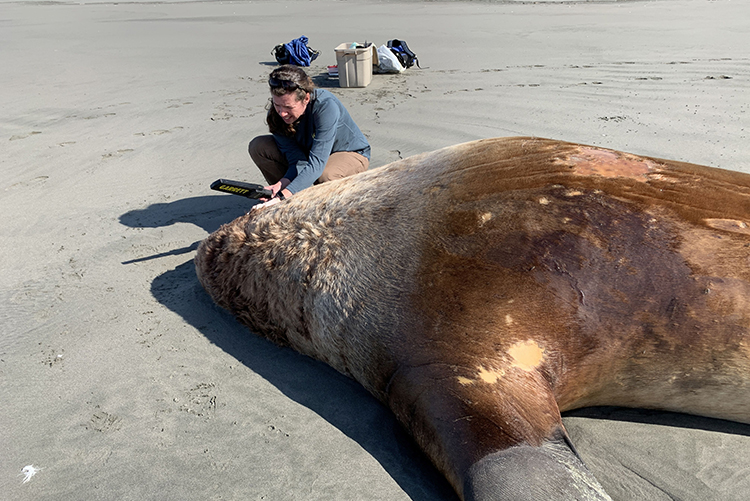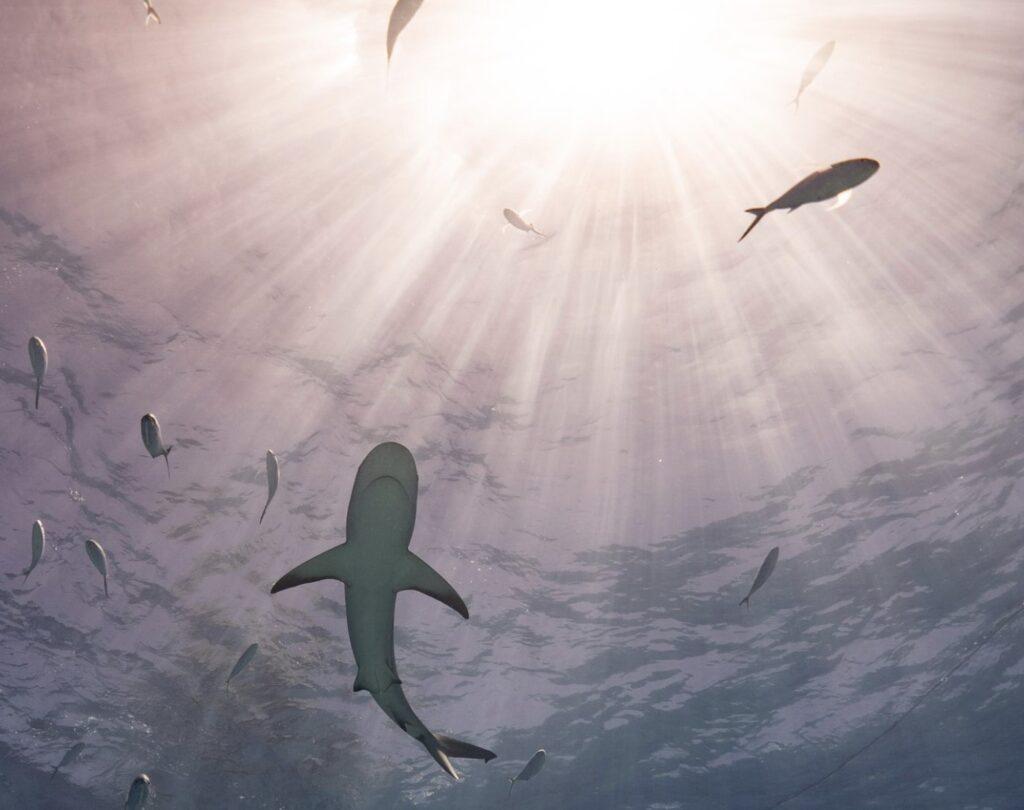Since 2016, the National Oceanic and Atmospheric Administration (NOAA) has sounded the alarm over three Unusual Mortality Events (UME) affecting large whale species in the Atlantic Ocean. These include the Atlantic humpback whale UME in 2017, the North Atlantic right whale (NARW) UME in 2017, and the Atlantic minke whale UME in 2018. Notably, the UMEs for humpback and minke whales encompass deaths in 2016 and 2017, respectively.
A recent report from Environmental Progess sheds light on a troubling correlation: the rise of offshore wind (OSW) vessel activity seems to coincide with the distressing surge in whale mortality. The narrative begins with the advent of significant OSW vessel presence following the initiation of preparations and construction of five wind turbines off the southeast coast of Block Island towards the end of 2015.
The report meticulously documents the geographic and volume-based evidence linking marine mammal deaths to OSW vessel activity from 2016 onward. Through the use of maps depicting whale deaths and OSW vessel tracks, the authors illustrate a concerning uptick in mortality against the backdrop of OSW vessel activity.
Here are the key findings of the study:
- OSW Vessel Activity and Whale Mortality: The study establishes a clear connection between increased OSW vessel activity and whale mortality. The use of high-resolution geophysical (HRG) equipment, which employs sonar for seabed mapping during OSW development, is identified as potentially harmful to marine mammals due to the sound produced.
- International Precedents and Limited Research: Similar concerns have been raised in the United Kingdom and Europe, where offshore wind development has been linked to displacement and mortality events among marine mammals. However, scientific evidence on the impacts of OSW on marine life remains limited, and it’s uncertain whether findings from other regions apply to U.S. coastal environments.
- Shift in Vessel Activity and Mortality Trends: Prior to 2016, maritime traffic in the Atlantic exhibited minimal activity beyond fishing and pleasure boats within OSW lease areas. However, after 2015, with the finalization of lease agreements between the U.S. Bureau of Ocean Energy Management (BOEM) and OSW developers, vessel activity within these areas notably increased, aligning with NOAA’s declarations of unusual mortality events.
- Whale Mortality Trends and OSW Activities: The period from 2007 to 2023 witnessed a staggering 48% increase in whale deaths overall, with 60% occurring after 2015 along the east coast from Maine to North Carolina. The surge in mortality directly corresponds to the escalation of OSW activities within federally leased areas.
- Whale Deaths and OSW Sonar Surveys: Whale deaths occurred concurrently with OSW sonar surveys, indicating a potential correlation between the two. Notably, increased OSW activity in certain regions led to a surge in whale deaths, particularly following pile driving activities for wind turbine installation.
- Call for Further Investigation: While the study establishes a positive relationship between OSW vessel activity and whale mortality, it underscores the need for more comprehensive investigations to determine causality definitively.
The report underscores the urgent need for stakeholders to address the potential environmental impacts of offshore wind development on marine mammal populations. As offshore wind projects expand globally, understanding and mitigating these impacts become paramount to preserving marine ecosystems and biodiversity.


